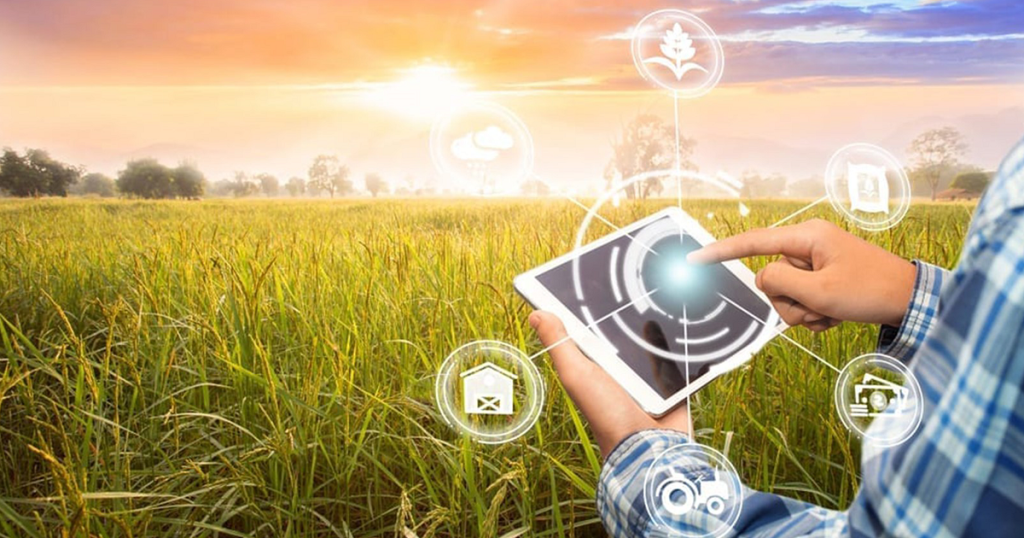In the ever-evolving landscape of agriculture, the integration of data-driven technologies has emerged as a transformative force, ushering in an era of unprecedented efficiency and productivity. At the heart of this agricultural revolution lies the advent of advanced software solutions tailored to meet the unique challenges of modern farming. Termed as Data-Driven Harvests, these technologies harness the power of data analytics, artificial intelligence and precision farming to optimize every facet of the agricultural process. One of the key pillars of this transformative impact is precision farming, a concept that utilizes real-time data to make informed decisions regarding crop management. Agricultural software, equipped with sensors and IoT devices, collects and analyzes data on soil health, weather patterns and crop conditions. This information empowers farmers to make data-driven decisions, such as precisely timed irrigation, targeted fertilizer application and optimal planting schedules. The result is a significant reduction in resource wastage and a maximization of crop yields, leading to a more sustainable and economically viable agricultural system.

The advent of artificial intelligence (AI) has further amplified the capabilities of agricultural software. Machine learning algorithms are process vast datasets to identify patterns and trends, enabling predictive analytics for crop diseases, pest infestations and yield forecasts. This predictive capability not only allows farmers to proactively address potential challenges but also facilitates better risk management, ultimately enhancing the resilience of the agricultural supply chain. Additionally, AI-driven technologies can automate routine tasks, freeing up valuable time for farmers to focus on strategic decision-making and overall farm management. The impact of data-driven harvests extends beyond individual farms to create a connected agricultural ecosystem. Cloud-based platforms facilitate the seamless sharing of data and insights among farmers, researchers and agricultural stakeholders. This collaborative approach fosters a community-driven knowledge base, where the collective intelligence of the farming community contributes to ongoing innovation and problem-solving. Furthermore, the accessibility of data on a larger scale enables policymakers to make informed decisions that support sustainable agriculture and food security.
However, the integration of data-driven technologies into agriculture is not without its challenges. Issues such as data privacy, cybersecurity and the digital divide in rural areas must be addressed to ensure that the benefits of these innovations go here to learn more are inclusive and ethical. Additionally, there is a need for ongoing investment in research and development to refine these technologies and adapt them to the diverse and evolving needs of the global agricultural landscape. In conclusion, the era of Data-Driven Harvests represents a paradigm shift in agriculture, where the marriage of data analytics, artificial intelligence and precision farming is revolutionizing how we cultivate and harvest our crops. The transformative impact of agricultural software is not only increasing efficiency and productivity but also fostering a more sustainable and interconnected agricultural ecosystem that holds the promise of addressing the complex challenges facing global food production. As we embrace this new era, the continued collaboration between technology innovators, farmers and policymakers will be crucial in unlocking the full potential of Data-Driven Harvests.